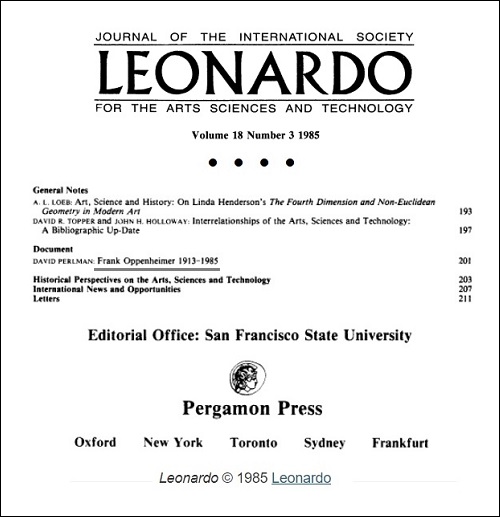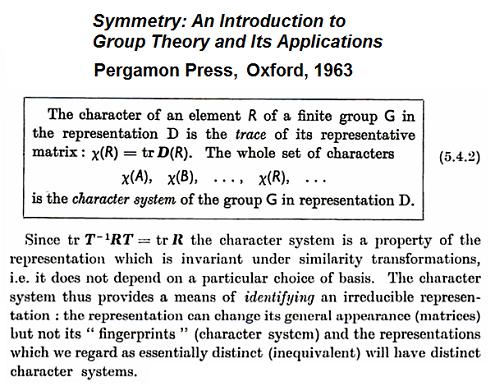Battle of Gods and Giants
In checking the quotations from Dante in the previous entry, I came across the intriguing site Gigantomachia:
"A gigantomachia or primordial battle between the gods has been retold in myth, cult, art and theory for thousands of years, from the Egyptians to Heidegger. This site will present the history of the theme. But it will do so in an attempt to raise the question of the contemporary relevance of it. Does the gigantomachia take place today? Where? When? In what relation to you and me?"
Perhaps atop the Empire State Building?
(See An Affair to Remember and Empire State Building to Honor Fay Wray.)
Perhaps in relation to what the late poet Donald Justice called "the wood within"?
Perhaps in relation to T. S. Eliot's "The Waste Land" and the Feast of the Metamorphosis?
Or perhaps not.
Perhaps at Pergamon:

Perhaps at Pergamon Press:
Invariants
"What modern painters are trying to do,
if they only knew it, is paint invariants."
— James J. Gibson in Leonardo
(Vol. 11, pp. 227-235.
Pergamon Press Ltd., 1978)
An example of invariant structure:

The three line diagrams above result from the three partitions, into pairs of 2-element sets, of the 4-element set from which the entries of the bottom colored figure are drawn. Taken as a set, these three line diagrams describe the structure of the bottom colored figure. After coordinatizing the figure in a suitable manner, we find that this set of three line diagrams is invariant under the group of 16 binary translations acting on the colored figure.
A more remarkable invariance — that of symmetry itself — is observed if we arbitrarily and repeatedly permute rows and/or columns and/or 2×2 quadrants of the colored figure above. Each resulting figure has some ordinary or color-interchange symmetry.
This sort of mathematics illustrates the invisible "form" or "idea" behind the visible two-color pattern. Hence it exemplifies, in a way, the conflict described by Plato between those who say that "real existence belongs only to that which can be handled" and those who say that "true reality consists in certain intelligible and bodiless forms."
For further details, see a section on Plato in the Gigantomachia site.












